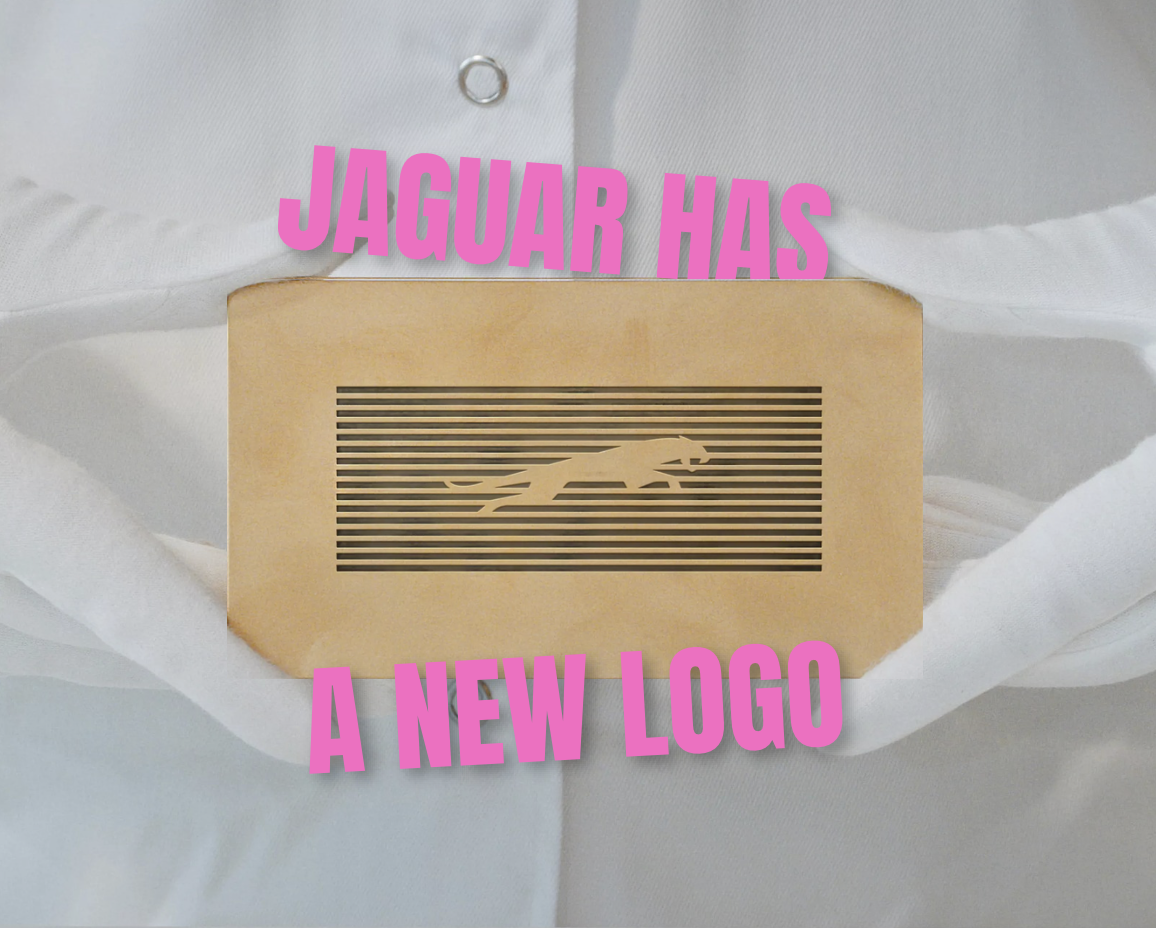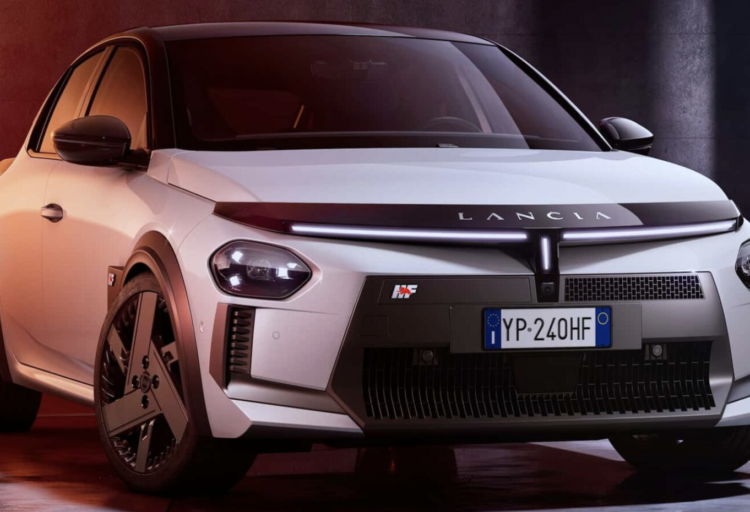Jaguar’s New Beginning: Revolution or Suicide?
Jaguar, the legendary British carmaker, is embarking on a bold journey into the future. Under the banner of Reimagine, the company is completely overhauling its identity, transitioning to an all-electric lineup, and unveiling a brand-new visual identity. This transformation aims to strengthen Jaguar’s position as a luxury automaker unafraid of innovation. The question remains: is this a strategy destined for success or a misstep into uncertainty?


A New Identity in Four Elements
As part of its transformation, Jaguar has introduced a new design language built around four key elements. The first is the minimalist Device Mark, a modern typographic logo representing simplicity and elegance. Next is the horizontal graphic feature called Strikethrough, a grid-like motif with 16 bars intended to become an iconic feature on future models. The third innovation is the use of Exuberant Colors, vibrant color schemes that symbolize Jaguar’s connection to the arts. The final element, Maker’s Mark, includes a redesigned leaping jaguar silhouette and a new medallion featuring the letter “j.”




The new visual identity will debut alongside the Jaguar Design Vision concept, set to be revealed on December 3 at Miami Art Week. This concept serves as a precursor to a luxury electric sedan planned for release in 2025. Jaguar hopes this design will draw attention to its three upcoming EVs, slated to launch by the end of the decade.
Two Years Without New Cars?
Despite Jaguar’s ambitious plans, its current strategy has raised eyebrows. The company has already stopped selling all new models in the UK and plans to do the same internationally. For nearly two years, Jaguar will only offer pre-owned vehicles, a “pause” meant to pave the way for the brand’s rebirth. However, this break risks alienating loyal customers and dealers.
Critics argue that unveiling the new branding so early feels premature, as there’s nothing tangible to showcase alongside it. Moreover, the updated design elements don’t immediately evoke the automotive industry, instead resembling luxury fashion accessories.

Luxury Future or Dead End?
Jaguar’s gamble hinges on the success of its first model in this new era: a four-door GT priced at over £100,000 (approximately 3 million CZK) with a theoretical range of 700 km. While this vehicle aims to meet the challenges of the EV market, competitors are already offering similar specifications. Jaguar risks falling behind established rivals who have already secured their place in the premium EV segment—a segment that, unfortunately, is seeing declining sales.
What’s Next?
Is Jaguar’s strategy a visionary leap forward or a risky gamble that could spell the end of an era? Transitioning to electrification and focusing on the luxury market aligns with current trends, but a prolonged hiatus without new products and the high prices of planned models may deter core customers. Jaguar is leaning on its historic values, yet risks alienating those who have remained loyal.
As Jaguar steps into this uncertain future, only time will tell whether this bold reinvention will secure its place as a leader in luxury EVs or serve as a cautionary tale in automotive history.
Source: Jaguar














Leave a Reply